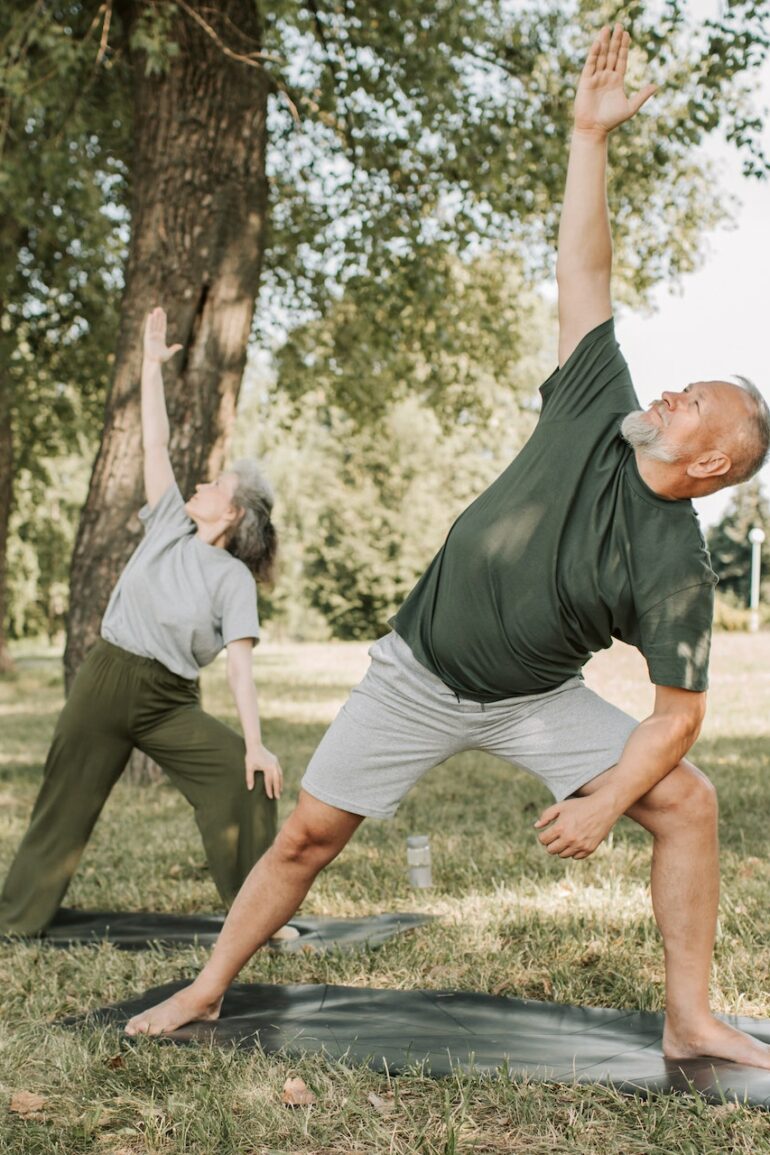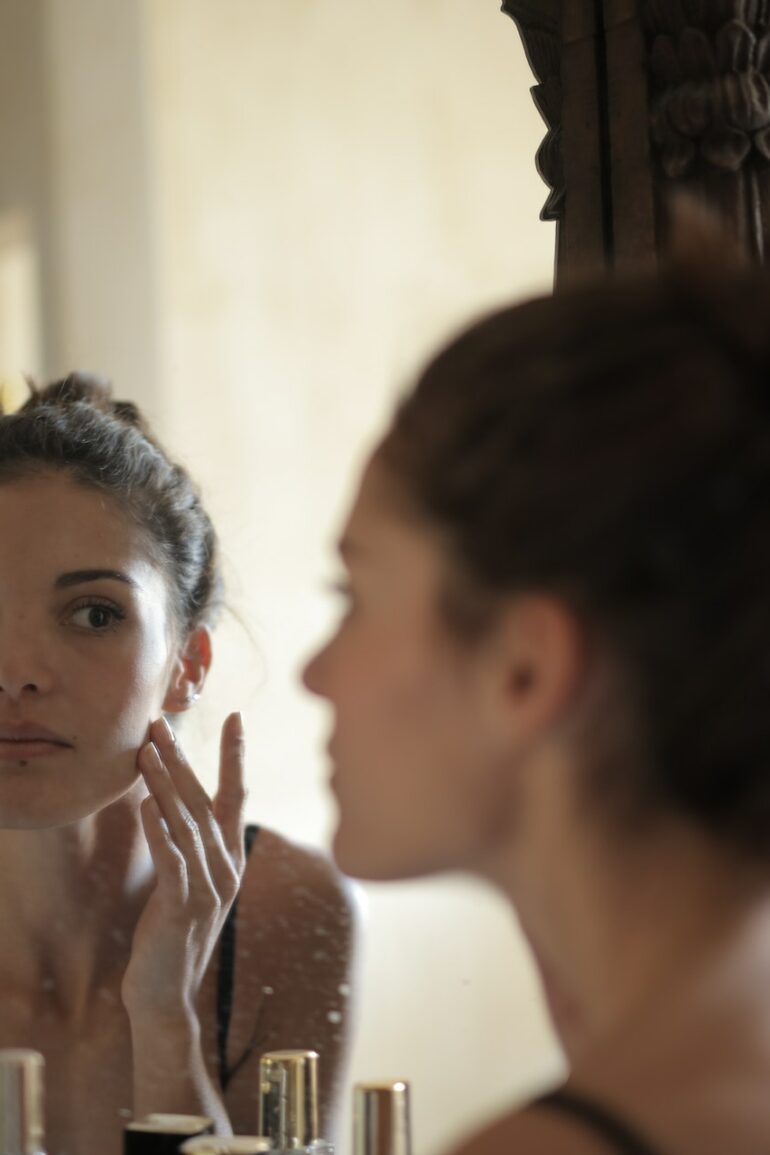Table of Contents
Aging is associated with declining mobility and daily functioning among older adults. In this case, one of the ways to help minimize this decline is through physical exercise, including participating in group exercises.
Suppose you’re a senior who wants to learn more about group exercises for health and fitness. What exercises should you consider joining?
If you have a chronic condition, can group exercises provide any benefit considering your condition? Are there limitations and activities to avoid?
This article explores the different group exercises older adults can do for health and fitness.
This write-up also discusses the benefits of group exercises on seniors with chronic conditions. It also details activities to avoid and sets clear limitations to ensure an effective yet senior-friendly and safe exercise routine.
Regular physical activity for older adults is essential for your health because such activity can help delay or prevent many health problems associated with age.
Even when you have a chronic condition like diabetes, heart disease, or cancer, like mesothelioma, you can still be as physically active as your condition allows.
Read on to learn how group exercises can help benefit older adults and manage health conditions.
Group Exercises for Older People
The Centers for Disease Control and Prevention (CDC) recommends that older adults move more and sit less during the day. If you’re a senior, it’s better to engage in some physical activity than do nothing at all.
Despite the benefits of exercise, older people can have limited physical capacity due to aging. So there are activities not recommended for older adults.
The CDC recommends combining some form of muscle-strengthening, balance, and moderate- to vigorous-intensity aerobic activities.
With these recommendations, consider the following activities as part of the group exercises you can do as an older adult:
- Walking: Studies suggest that healthy older adults should take around 7,000 to 10,000 steps daily. The benefits of walking include:
- Maintaining a healthy weight
- Losing body fat
- Preventing or managing health conditions, like high blood pressure, heart disease, type 2 diabetes, and cancer
- Improving muscle endurance
- Enhancing cardiovascular fitness
- Increasing energy levels
- Strengthening the immune system
- Improving memory, mood, cognition, and sleep
- Reducing stress
If you’re with a group, consider walking around the neighborhood or park trail or engaging in a walk-friendly race.
- Pilates: This workout routine focuses on movement concentration, lower back and abdominal muscle usage, flowing and precise movement patterns, and steady and controlled breathing.
Pilates can help you achieve a good balance of strength, flexibility, and muscle tone and can aid with aches and pains.
Older adults can consider performing the following routines in groups, especially if they need assistance:
- Kneeling rear leg raise: Position the body on all fours and extend one leg back above the ground. Afterward, lower the leg slowly and switch legs.
- Mermaid: Sit on the mat and fold both legs to the left. Place the right hand on the floor for support, extend the left arm up, and stretch the body to the right side. Return to your original position and perform the same routine with the opposite side.
- Side circles: Lie on one side, extend the leg up, and move the leg in small circles. Afterward, lower the leg, switch sides, and perform the exercise again.
- Yoga: This mind-body exercise can benefit anyone of all ages, including older people who want to maintain vitality and mobility. An exercise you can do even at home. When paired with various meditation practices like those seen on this site, older adults can become healthier both physically and mentally.
Yoga involves postures called asanas that incorporate physical activity, meditation, and breathing.
Some yoga poses that older adults can perform are:
- Simple reclining twist: Lie on your back, extend your arms, and bend your knees. Draw the knees toward your chest, then drop them to the right by rolling on your right hip. Breathe deep and hold the pose for a few minutes before resting and switching sides.
- Side warrior pose: While standing, bring your feet a leg’s distance apart and bend your right knee to align with the right ankle. Hold your pose for five deep breaths, then stand and repeat with the other side.
- Relaxation pose: Lie on your back with your hands along the sides. Take slow, deep breaths and hold this pose for 10 to 30 minutes. Afterward, roll to one side and move to a seated position.
If performing these poses seems challenging, you can attend group sessions and ask for assistance from a professional fitness instructor. You can also use pillows or blankets if you have back pain or reduced mobility.
- Strength training: This exercise can benefit anyone who wants to become more energetic, healthier, and younger. You can also perform strength training without gym equipment.
If you’re an older adult who wants to feel young, consider the following equipment-free exercises to help improve your strength:
- Lying hip bridges
- Chair squats
- Wall push-ups
- Standing balance
- Pectoral muscle stretches
- Chin-up exercises
If you’re using dumbbells, do simple exercises like bicep curls, overhead presses, and tricep extensions. You can do these exercises with a group or by having a gym instructor assist you.
The CDC also recommends that adults 65 and older do the following:
- Moderate-intensity activities for at least 150 minutes or vigorous-intensity exercises for at least 75 minutes weekly
- Muscle-strengthening activities for at least two days weekly
- Balance improvement activities three days weekly
On the other hand, some exercises can put an unhealthy strain on your body, especially if you have joint pain, posture issues, atrophied muscles, or balance difficulties. Consider avoiding the following routines:
- Long-distance running
- Bench presses
- Leg presses
- Squats with weights
- Abdominal crunches
- Deadlifts
- High-intensity interval training
- Rock climbing
Benefits of Group Exercises for Older Adults With Chronic Conditions
If you have chronic health conditions like diabetes, heart disease, joint or back pain, and depression, exercise can help you cope with the symptoms and improve your overall health.
Group exercises can also help you socialize and gather your friends while staying healthy and in shape.
By engaging in physical exercise and maintaining an active lifestyle, older adults can minimize their body’s decline and improve their physical, social, and psychological well-being.
Physical activity can also help your muscles grow stronger so you can continue doing daily activities without depending too much on others.
Consult your doctor, physical therapist, or licensed fitness instructor on what exercises are appropriate for you as an older adult, especially if you have chronic conditions.
References
- Attitudes of Older Adults in a Group-Based Exercise Program Toward a Blended Intervention; A Focus-Group Study
https://www.ncbi.nlm.nih.gov/pmc/articles/PMC5118593/
- How much physical activity do older adults need?
https://www.cdc.gov/physicalactivity/basics/older_adults/index.htm
- How many steps/day are enough? For older adults and special populations
https://www.ncbi.nlm.nih.gov/pmc/articles/PMC3169444/
- Walking: Trim your waistline, improve your health
https://www.mayoclinic.org/healthy-lifestyle/fitness/in-depth/walking/art-20046261
- Everything You Want to Know About Pilates
- Exercise and chronic disease: Get the facts
Aging is associated with declining mobility and daily functioning
Coming out is a complex, personal process that happens
If you’ve had skin cancer and have recently undergone




